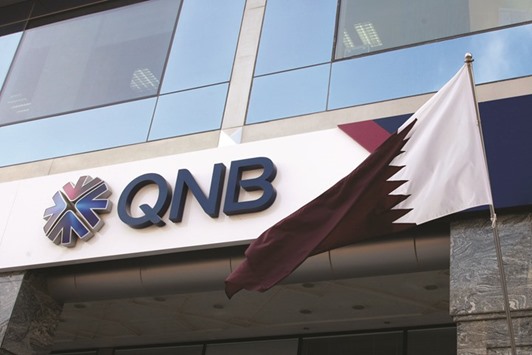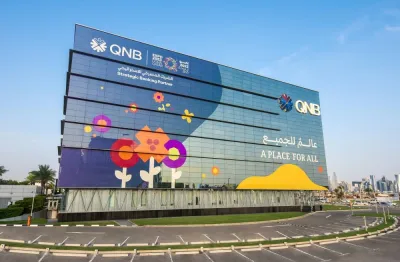Capital Intelligence (CI), the international credit rating agency, yesterday affirmed the long and short-term foreign currency ratings (FCR) of QNB at ‘AA-’ and ‘A1+’, respectively, at the same level as the sovereign ratings for Qatar.
The bank’s support rating of ‘1’ (affirmed) reflects ownership by the Qatar Investment Authority and the bank’s role as the financial arm of the Qatari government.
The outlook on the long-term FCR is however lowered to ‘negative’, in line with the similar action taken recently on the sovereign rating.
QNB’s financial strength rating (FSR) is also affirmed at ‘AA-’, supported by its very good asset quality, strong capitalisation and good profitability.
“While liquidity is not in itself a supporting factor, the deposit base is sound and access to well diversified sources of international funding is good,” it said, adding the rating is also supported by the ownership and increasing geographical diversification of both balance sheet and income streams. The FSR outlook was maintained at ‘stable’.
The FSR is “constrained” to some extent by the relatively tight ratio of loans to customer deposits and by what is now a fairly tight net liquid asset ratio; this is in part a reflection of the government’s decision in 2014 to begin to deleverage by reducing its borrowings and deposits with banks, a process that has continued.
The quasi liquid asset ratio is however strong, and provides another offsetting factor. The FSR is also constrained by the small size of the population of Qatar and therefore the opportunities to grow domestic lending.
“QNB has successfully mitigated this by extensively diversifying its business internationally through organic growth and acquisitions, with the latest transaction being the in-process acquisition in Turkey of Finansbank,” it said, adding through its presence in almost 30 countries, QNB has already achieved a high degree of diversification of its assets, funding sources and profits.
Finding that QNB’s performance is no longer purely a function of its Qatari operations; CI said it will also depend on Egypt and Turkey and in the other countries in which QNB has branches, subsidiaries and affiliates.
“Conditions in these markets will vary, but the diversification should make QNB more resilient than its regional peers in the current hydrocarbon price scenario,” it said.
Observing that QNB’s FSR remains somewhat pressured on liquidity (at its current very high level of ‘AA-’); CI said while the rising exposure to country risk and foreign exchange translation risk on overseas subsidiaries and associates is also to some extent a constraint, all are self-funding and therefore “unlikely to exert significant downward pressure” on the FSR, unless the levels of cross-border exposure increase markedly.
The Finansbank acquisition is not seen as being likely to add to any downward pressure, as long as capital adequacy ratios are maintained at close to current levels.
QNB continues to have excellent cost metrics compared to both other Qatari banks and to its regional large bank peers. Although growth in both operating and net profit slowed down again in 2015 due to a further decline in the net interest margin (NIM), QNB continued to produce the highest net profit amongst Gulf banks.
Profitability should also remain good, with any pressures on NIM in Qatar being at least partially offset by the higher NIMs obtaining in Egypt and Turkey; net profit is likely to increase by 7%-8% (ex-Finansbank).
QNB’s Basel III CET-1 ratio is a strong one despite the significant impact of forex translation losses. QNB’s loan asset quality and risk management are excellent, and are expected to allow the bank to maintain cost of risk at a minimum.

QNB continues to have excellent cost metrics compared to both other Qatari banks and large regional peers, according to CI.


